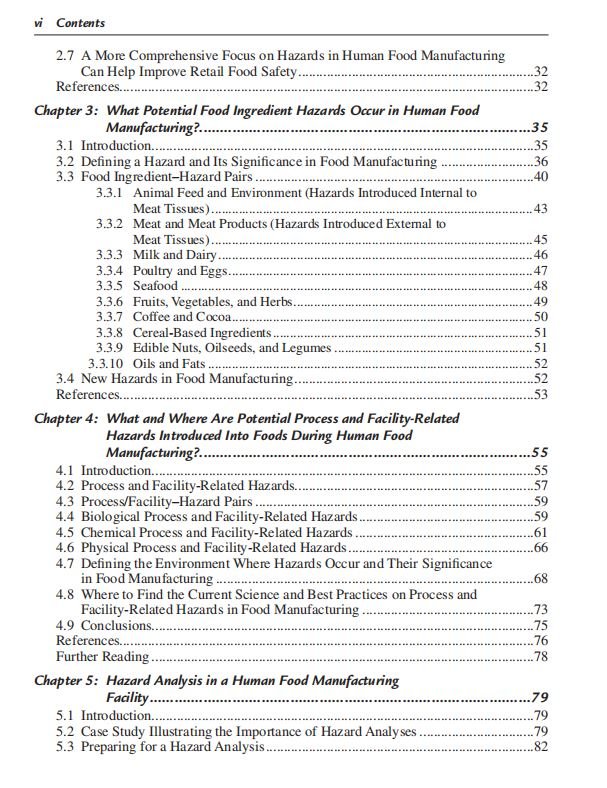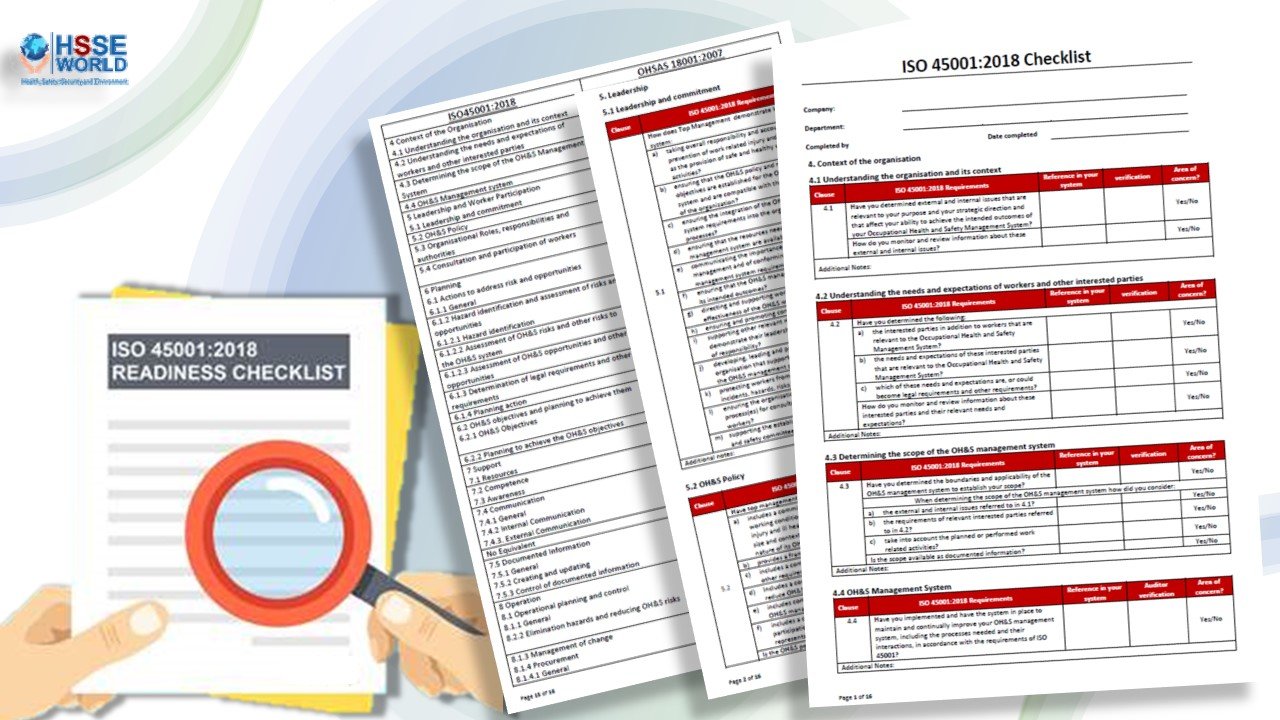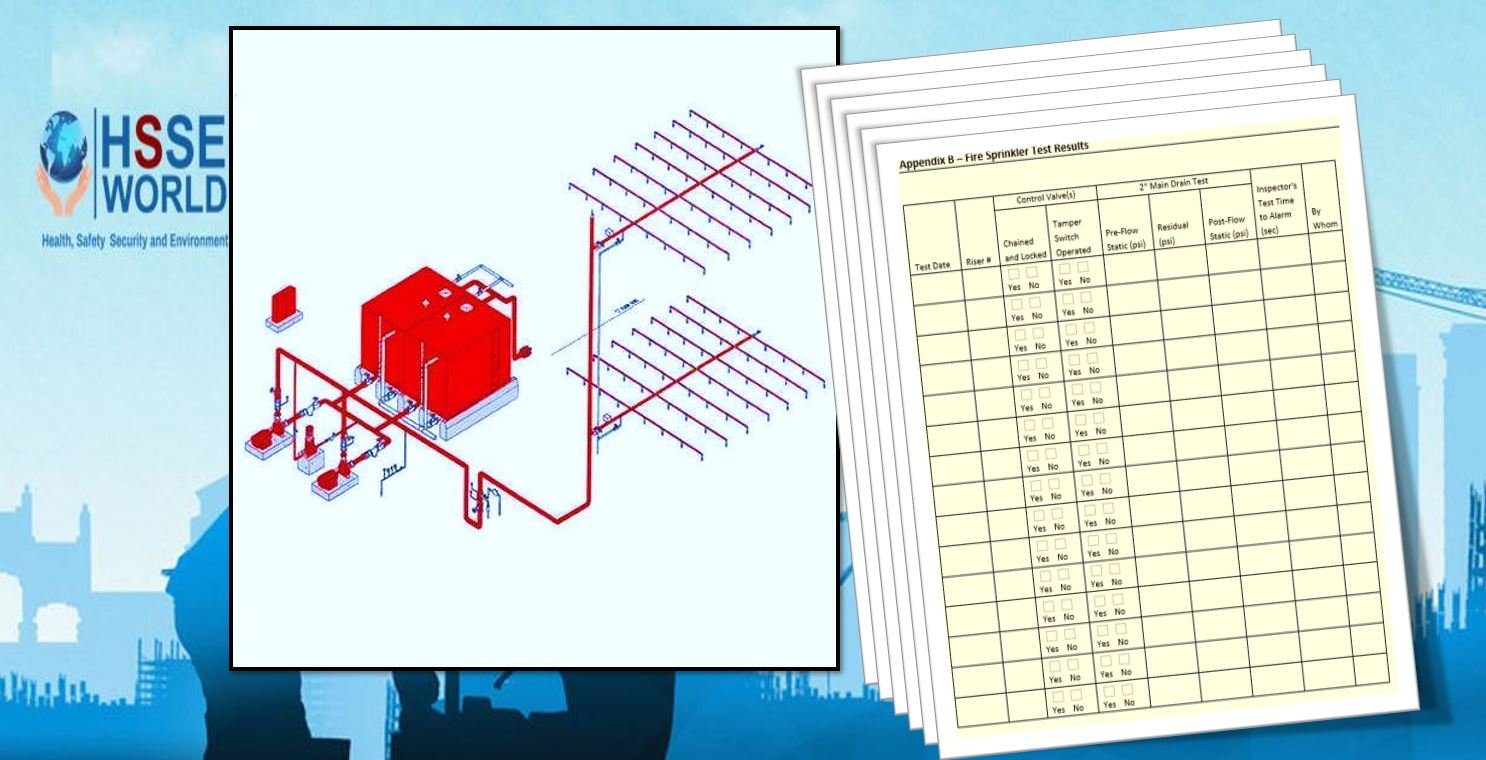The goal of this book is to help demystify the FDA’s Preventive Controls for Human Foods (PCHF) regulations for retail food sales and service business professionals. Hazard analysis and risk-based preventive controls also represent invaluable tools to the retail food business to ensure food safety in their supply chain. Therefore, it is also our goal to help the retail food businesses, who purchase, prepare, and sell manufactured foods and ingredients to the consumer, use hazard analysis and risk-based preventive control processes as specifications for their suppliers to enhance the oversight of food safety in their supply chain.
When we began research for this book, we identified a variety of resources that detailed how a food manufacturing business could perform a hazard analysis and develop risk-based preventive controls. These resources included the Food Safety Modernization Act (FSMA) regulations themselves, official industry comments (and FDA responses) to the proposed rules, other FDA information sources (FAQs, webinars, presentations), and guidance documents (some of which are still in draft form at the time of this publication). We both believed that another perspective on the prevention of foodborne disease outbreaks would be useful: that of retail food sales and service business professionals tasked with sourcing safe ingredients and food products from (and in collaboration with) manufacturers.
It is important to remember that this book is not a “how-to” guide on complying with FSMA’s PCHF regulations nor is it a blueprint for following other rules established under FSMA. Indeed, during our research for this book, we found that the FDA and its collaborators have already done a tremendous job in preparing the industry for PCHF through the Food Safety Preventive Controls Alliance (FSPCA).
The FSPCA is a public-private alliance made up of industry, academic, and government stakeholders tasked with developing training programs and material to educate industry and others on PCHF (and other foundational rules of FSMA).
The FSPCA’s mission is “to support safe food production by developing a nationwide core curriculum, training, and outreach programs to help companies that produce human and animal food in complying with the preventive controls regulations that are part of the Food Safety Modernization Act (FSMA)” (Food Safety Preventive Controls Alliance, 2016a).
The FSPCA training materials provide ample resources and tools, including easy-to-use templates to document the hazard analysis and risk-based preventive control requirements within a Food Safety Plan (Food Safety Preventive Controls Alliance, 2016b).

Before you begin reading this book, let us get on the same page on the difference between controlling food safety risk and preventing food safety hazards. A food safety hazard is something that can cause serious illness, injury, or death when found in foods. In the retail food business where consumers may be impacted, a foodborne illness can be a risk to a consumer based on the likelihood of a hazard occurring in a food, the probability of the hazard causing illness or injury to that individual, and the severity of the illness or injury to the individual. The risk of illness is best avoided by focusing on and preventing the hazard.
If a single hazard in food could cause death (e.g., an undeclared allergen consumed by a severely allergic individual), but there is very little probability that the hazard can get into the food due to rigorous preventive controls, then the risk is very low (Table 1.1). However, if a preventive control that manages that hazard is removed, the risk may be high.






More downloads
- Navigating the Risks: The Ultimate Guide to Safety When Working Near Water
- E-Books: Healthcare Hazard Control & Safety Management
- Downloadable Kitchen Safety Inspection Checklist for Restaurants
- Photo of the day: 10 Essential Safety Tips for Driving in Hot Weather Conditions
- Photo of the day: best workplace safety tips
- Mastering LOTO: Protecting Workers with Energy Isolation and Isolation Confirmation Certificates
- Photo of the day: The Importance of Stop Work Authority in Maintaining Workplace Safety
- E-Books: Safety, Health and Working Conditions Training Manual
- Photo of the day: Tomorrow’s Reward for Working Safely Today: Cultivating a Culture of Safety
- Flammable and Combustible Storage Checklist Free Download
- Tool Box Talk: Rough Terrain Fork Truck Scaffolds
- E-Books: Energy Efficiency in Water and Wastewater Facilities
- Secure Your Lifts:Guidelines for Safe Lifting Operations Free Planning Tool
- Photo of the day: Preventing slips and trips at work
- E-Books: Fire Service Features of Buildings and Fire Protection Systems
- Sample of Accident Prevention Program ( APP) Template for General Industry Free Download
- E-Books: Evaluation of Fire Safety free download
- E-Books: PPE for Chemical, Biological, and Radiological Hazards free
- Photo of the day: Learn the DRSABCD action Plan
- Photo of the day: Hearing Protection Device Selection
- Photo of the day: If An Earthquake Shakes You-Infographic free
- Free ISO 14001:2015 Environmental Management System Audit Checklist Download
- Free Download Common Firefighter Job Interview Questions and Answers
- E-Books: Changing the Workplace Safety Culture free download
- Guides for Walking and Working Surfaces Safety Program
- Sample Written Program For Fire Prevention Plan
- Photo of the day: First Aid for Electrical Burns-Infographic free
- Infographic: First Aid for Cuts and Scrapes free download
- E-Books: Site Emergency Planning Workbook
- Machine Safety and 43-Equipment Inspection Checklists
- E-Books: Load Restraint Guide
- Photo of the day: Preventing Common Kitchen Hazards
- Photo of the day: Safe handling of Gas Cylinders and lecture bottles
- Photo of the day: Forklift Stability Triangle
- E-Books: Essential Practices for Creating, Strengthening, and Sustaining Process Safety Culture
- Photo of the day: Defective Tools Safe Work Practice
- Photo of the day: Lift With Your Legs Not With Your Back
- Facts about Fire Prevention
- Photo of the day: First Aid for burns
- E-Books: System Safety Engineering and Risk Assessment
- Photo of the day: The 7 Principles of HACCP
- Photo of the day: Working Safely with Suspended Loads
- Photo of the day: Heat Stroke First Aid and safety posters
- E-Books: Permit-Required Confined Spaces
- Photo of the day: Near-Miss Reporting and Posters
- Scaffold Safety self Audit and checklist
- E-Books: Is it Safe to Enter Confined Space?
- E-Books: 5-Minute Workplace Safety Talks
- Hot Work Controls and its Permit to work Form
- E-Books: Safety Culture and High-Risk Environments
- E-Books: Practical Guide to Industrial Safety
- Tool Box Talk: Don’t Let Chemicals Get to You
- E-Books: Slip, Trip, and Fall Prevention for Healthcare Workers
- Photo of the day: Lockout and Tagout Safety
- E-Books: Health and Safety at Work Key Terms
- Safety Flash: Not Following Work permit and Isolation Procedure
- Photo of the day: Fall Protection Plans
- Tool Box Talk: Hand Grinder Safety
- Safety Observation Report Template
- E-Books: Fundamentals of Process Safety Engineering
- Tool Box Talk: Lockout and Tagging
- Tool Box Talk: Winter Driving Safety Tips
- Forklift Operator’s Daily Checklist and safety Tips
- E-Books: Gas Detection Hand Book
- Tool Box Talk: Working Around Heavy Equipment




